Section 6
Physiology of the Female Reproductive System
Book
Version 29
By Boundless
By Boundless
Boundless Anatomy and Physiology
Physiology
by Boundless
6 concepts
Oogenesis
Oogenesis is the maturation of the female gametes through meiotic division.
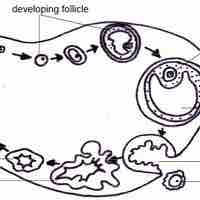
Ovarian Cycle
The menstrual cycle is the physiological process that fertile women undergo for the purposes of reproduction and fertilization.
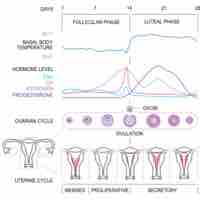
Uterine (Menstrual) Cycle
The uterine cycle describes a series of changes that occur to the lining of the uterus, or endometrium, during a typical menstrual cycle.
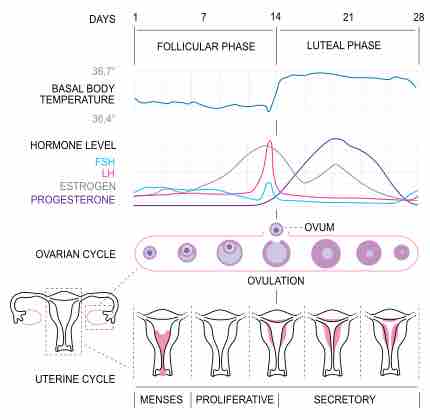
Hormonal Regulation of the Female Reproductive Cycle
The menstrual cycle is controlled by a series of changes in hormone levels, primarily estrogen and progesterone.
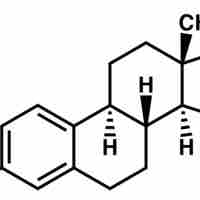
Extrauterine Effects of Estrogens and Progesterone
Estrogen and progesterone have several effects beyond their immediate roles in the menstrual cycle, pregnancy, and labor.
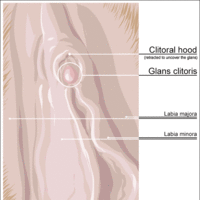
Female Sexual Response
Female sexual arousal causes physiological changes including increased blood flow to the genitals and enlargement and lubrication of the vagina.